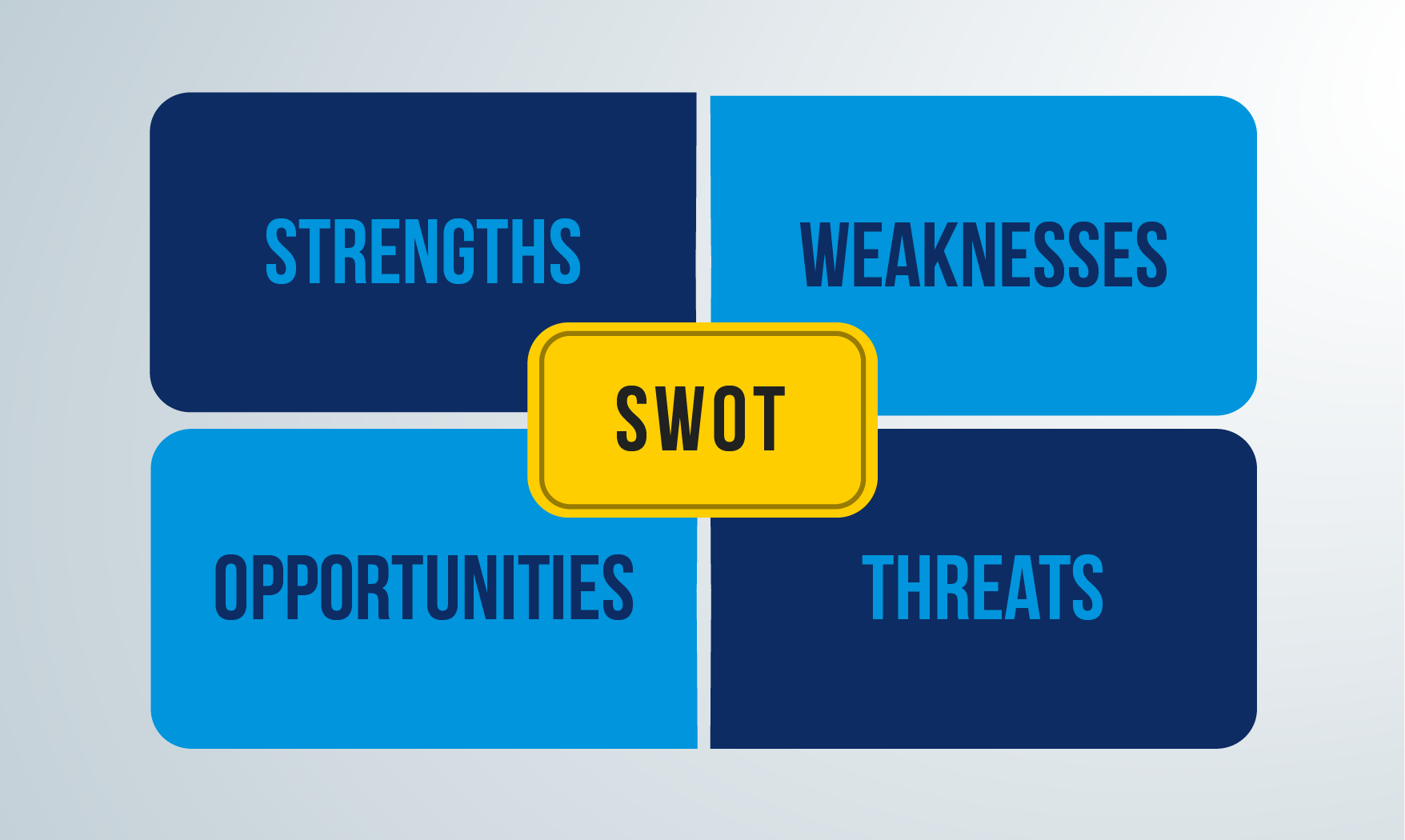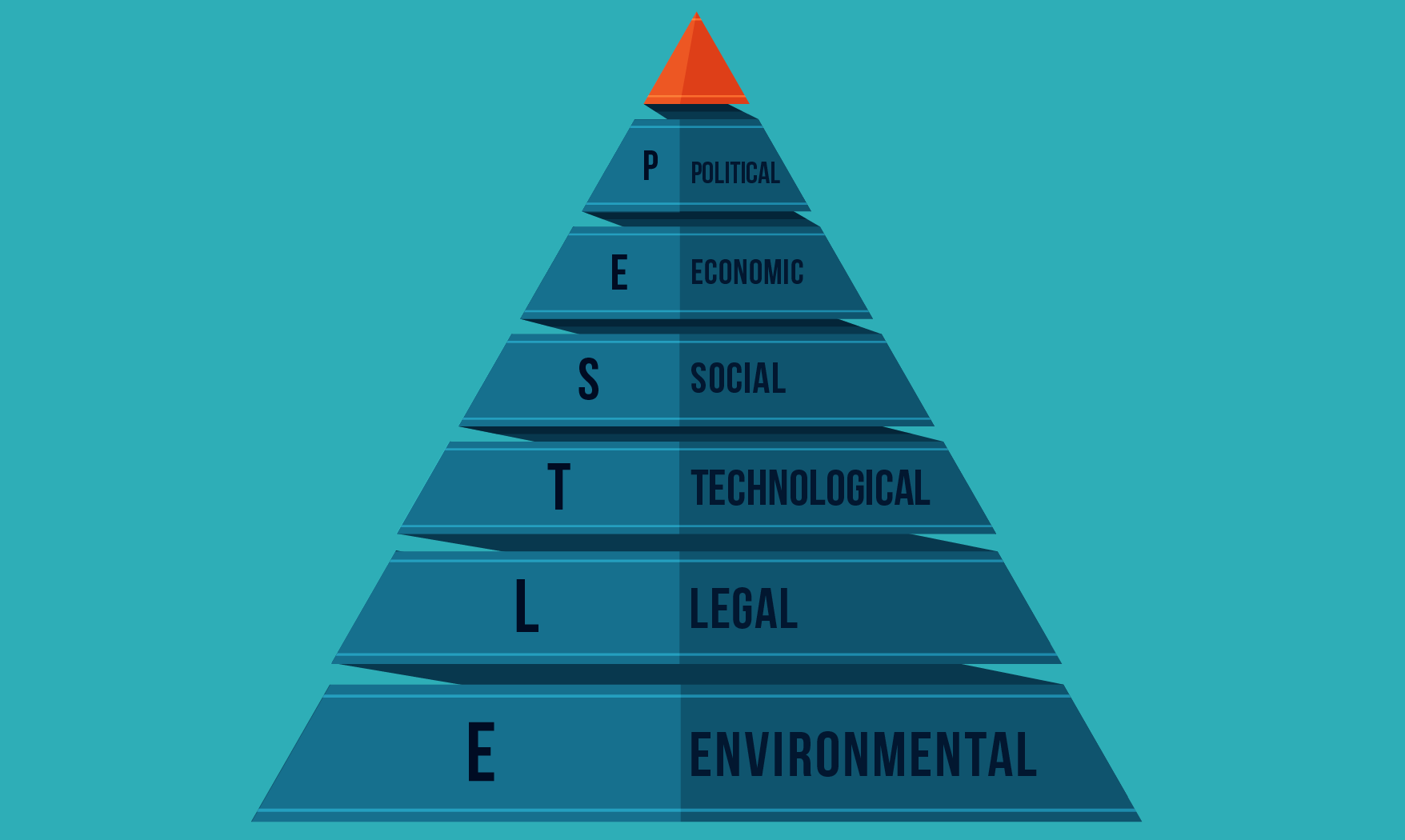Strategic analysis is a process that involves researching an organization’s business environment within which it operates. Strategic analysis is essential to formulate strategic planning for decision making and smooth working of that organization. With the help of strategic planning, the objective or goals that are set by the organization can be fulfilled.
In a constant strive to improve, organizations must periodically conduct a strategic analysis which will, in turn, help them determine what areas need improvement and areas that are already doing well. For an organization to function efficiently, it is important to think about how positive changes need to be implemented.
Strategic analysis is essential if a company has a goal and a mission for themselves. All leading organization who are well known for their achievements have years of strategic planning being implemented at various stages. Strategic planning is a long-term task involving continuous and systematic planning and resource investment. The main question that a company should consider when performing a strategic analysis is: How is the market constituted? How are the active clients in this sector? While conducting strategic analysis, organizations must know their competitors and thus be able to define a strategy that will help them an unbeatable player in that market. One of the most important functions of strategic planning is to predict future events and deduce alternative strategies if a certain plan doesn’t work out as expected.
Internal strategic analysis: As the name suggests, through this analysis organizations look inwards or within the organization and identify the positive and negative points, and establish the set of resources that can be used to improve the company's image within the market. Internal analysis starts from evaluating the performance of the organization. This includes evaluating the potential of an organization and its capacity to grow.
The analysis of the strengths of the company should be oriented to the market, focusing on the client. The strengths only make sense when they help the company to fulfill client's needs. When doing an internal strategic analysis one should also know the weaknesses and limitations that a company faces existentially or in the future.

SWOT analysis is one of the most reputed techniques for internal strategic analysis. There is no better way to benefit from a strategically performed analysis than to use it to detect the strengths, opportunities, weaknesses, and threats that your project may suffer.
Performing SWOT analysis will help you create a strong and long term vision through strategic planning for your organization. The important thing is to constantly evaluate the environment in which the company operates, and act accordingly. It is essential for an organization to take into account the SWOT principle in order to be able to plan efficiently. Through a thorough SWOT analysis companies will be able to prevent a number of problems that can arise if there is no systematic analysis.
Learn more: SWOT Analysis for your next market research
Let us further break down these attributes and understand how an organization can conduct a complete strategic analysis to be able to plan and perform better with each passing year.
-
Strengths of a company: There are several attributes within the company that are positive, that you can control in order to obtain better results, they are your strengths, which makes you stand out from others. Surely there are certain resources or strategies that have led to your organization's process year on year. Knowing these resources or strategies are also considered as strengths. Knowing this type of information is very important because these are the elements that give you an advantage over your competition.
-
Business weakness: It is practically impossible for an organization or a company to have only strengths and not have weaknesses. Therefore, there are certain characteristics of an organization that they need to be improved in order to be able to perform better and compete in the market. These are called business weaknesses. Most of the factors are foreseeable and an organization needs to identify them well in advance and approach the problems with a corrective measure.
-
Threats to an organization: There are going to negative factors that will affect the growth of the organization and these factors can be analyzed too. These factors need to detected and a risk management strategy needs to be put in place so that threats like stronger brand value of the competitors, better relationship of competitors with retailers etc. don't have an adverse effect on the company's growth. Also, threats like multiple players in the market with the same products, downturn in economy, better advertising of the same product by competitors are some threats that have to be dealt with carefully so that competitors don’t take advantage of the situation.
-
Opportunities for the company: Detect the opportunities you have to grow. Knowing the path organizations must follow is a great step towards success. Take advantage of all those external factors that are positive for the organization. Identify all the opportunities and take advantage of them.
Learn more: Trend analysis as a strategic analysis technique
External strategic analysis: Once the organization has successfully completed its internal analysis, the organization needs to know about external factors that can be a hindrance in their growth. To do so, they need to know how the market functions and how consumers react or behave to certain products or services. Measuring customer satisfaction is a common external analysis method. PESTLE analysis is one of the most widely used external analysis techniques. The process one is most likely to adopt when using a PESTLE technique is relatively a simple one.

PESTLE analysis (Political, Economic, Social, Legal and Environmental) describes a framework of macro-environmental factors used in the environmental scanning component of external strategic analysis. The model has been extended by adding Ethics and Demographic factors. It is a part of the external analysis when conducting a strategic analysis or doing market research and gives an overview of the different macroenvironmental factors that the organization has to take into consideration. By using PESTLE analysis one can:
-
Find out the key issues beyond the organization’s control, like changes in political scenario changing rules that can be implemented at any point in time.
-
Identify the impact of each issue.
-
See how important these issues are to the organization.
-
Rate the likelihood of its occurrence.
-
Briefly consider the implications if the issue did occur.
Market research can provide you with the necessary information to know the different market scenarios and suggest strategies to achieve more sales. Market research is either qualitative or quantitative in nature of conduct.Market research can provide you with the necessary information to know the different market scenarios and propose strategies to achieve more sales. For example, through market research, an organization can know the degree of recognition that the brand has and plan marketing campaign correctly.
Organizations can also bet effectively the introduction of a new product into the market, or innovate through the new ideas of customers. Ask the right questions to customers and get their feedback.The data provided by the investigation will help you to plan correctly what you have to do, for example, in case your competitors lower their prices, or are there changes in the behavior of your consumers?
Survey Software Easy to use and accessible for everyone. Design, send and analyze online surveys.
Research Suite A suite of enterprise-grade research tools for market research professionals.
Customer Experience Experiences change the world. Deliver the best with our CX management software.
Employee Experience Create the best employee experience and act on real-time data from end to end.








